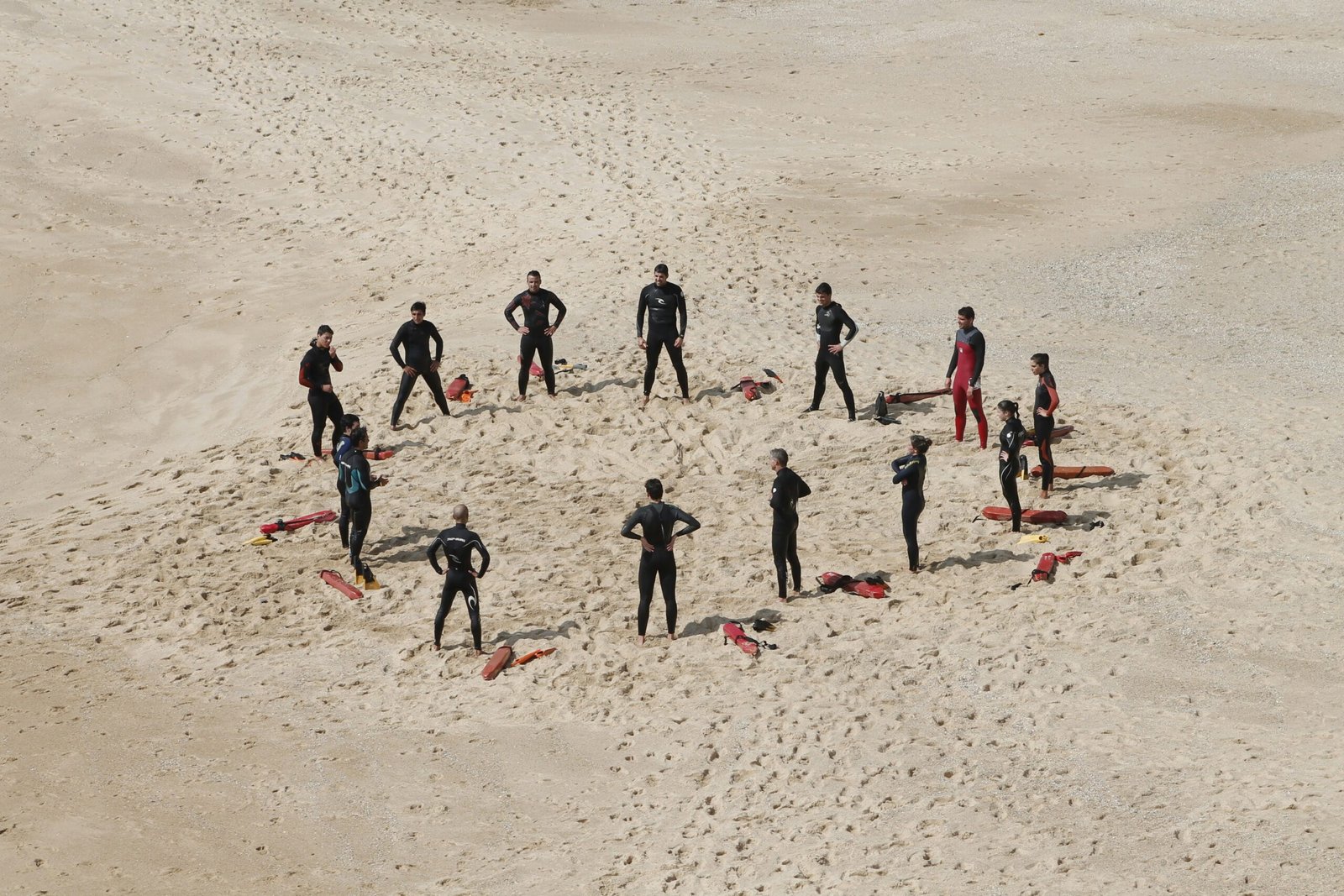
Top 3 Puppy Training Tips
So, you’ve brought home a new furry addition to your family – a cute little puppy! While they may be adorable, raising and training a puppy can sometimes be a daunting task. But fear not, because in this article, we’ve got you covered with the top 3 puppy training tips to help you navigate this exciting journey with ease. From potty training to basic obedience commands, these tips will set you and your pup up for success right from the start. Get ready to create a strong bond and watch your little fluffball grow into a well-behaved and happy companion.
Socialization
Find products like these on Amazon!
Expose your puppy to different people and animals
Socializing your puppy is an essential part of their development. By exposing them to different people and animals, you’re helping them become comfortable and confident in various social situations. Take your puppy to parks, dog-friendly events, and even invite friends and family over to interact with your furry friend. This will help them build positive associations with new faces and furry companions, making them more adaptable and friendly in the long run.
Take your puppy to new places
Just like meeting new people and animals, taking your puppy to new places is a great way to build their confidence and resilience. Expose them to different environments, such as parks, city streets, and even car rides. This exposure will help them become more familiar with the world around them, reducing the chances of anxiety or fear when faced with new experiences later on.
Encourage positive interactions
During your puppy’s socialization period, it’s crucial to focus on positive interactions. Encourage them to approach and interact with people and animals in a gentle and controlled manner. Reinforce positive behavior with treats and praise, and provide a calm and supportive environment for their interactions. By doing so, you are helping them develop good social skills and ensuring they associate positivity and joy with social interactions.
Basic obedience commands
Teach your puppy to sit
Teaching your puppy to sit is not only a cute trick but also a fundamental command in their obedience training. It helps establish boundaries and control, especially in situations where your puppy may be overly excited or impulsive. To teach them to sit, hold a treat close to their nose and slowly move it upwards. As their head tilts back, their bottom will naturally lower, and once they are in a sitting position, reward them with the treat and lots of praise. Repeat this process consistently, gradually reducing the hand gesture until they respond to the verbal command alone.
Train your puppy to stay
The “stay” command is vital for the safety and well-being of your puppy. It teaches them self-control and prevents them from running into dangerous situations or getting injured. Start by asking your puppy to sit. With an open palm facing towards them, say “stay” while taking a step back. If they remain seated, reward them immediately with praise and a treat. If they move, calmly return them to their original position and try again. With consistency and repetition, your puppy will learn to stay in place for longer durations.
Teach your puppy to come when called
Teaching your puppy to come when called is essential for their safety and allows you to have control over their movements when necessary. Begin indoors or in a quiet, enclosed area. Say your puppy’s name followed by the command “come” in an enthusiastic tone while kneeling down and patting your leg. When they come to you, reward them with treats and verbal praise. Gradually increase the distance and distractions as your puppy becomes more reliable. Always create a positive association with coming when called by using high-value rewards and avoiding punishment.
House training
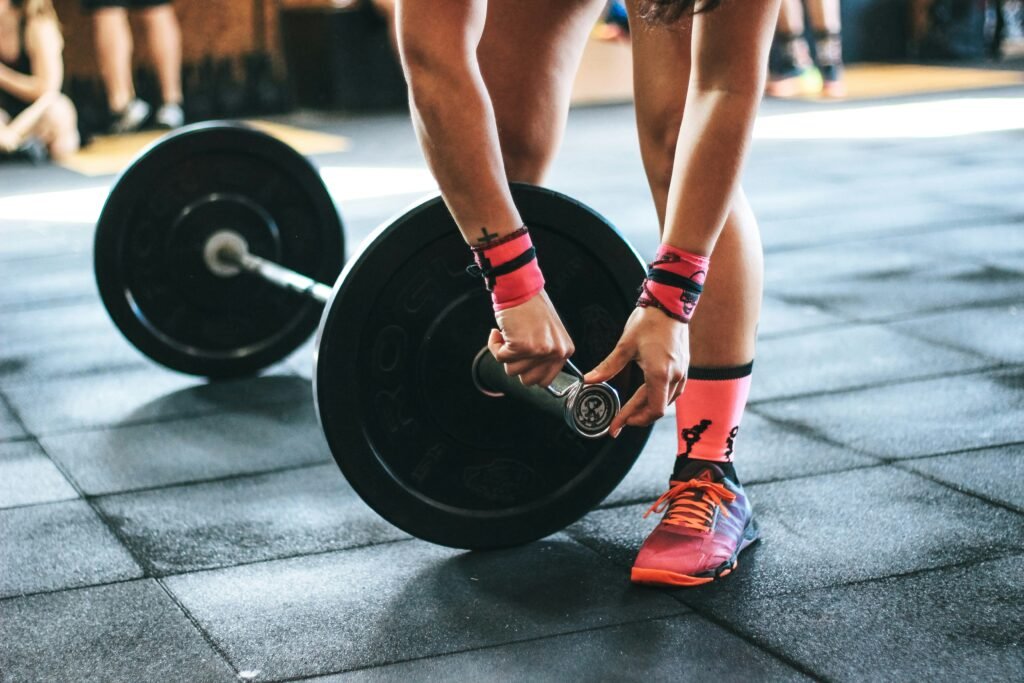
This image is property of images.unsplash.com.
Find products like these on Amazon!
Establish a routine
Establishing a routine is crucial for successfully house training your puppy. Dogs thrive on structure, so having a consistent schedule for mealtimes, walk times, and bathroom breaks will help them understand what is expected of them. Take your puppy outside to their designated bathroom spot at regular intervals, such as after waking up, after meals, and before bedtime. Consistency and predictability in their routine will help them develop good bathroom habits.
Use positive reinforcement
Positive reinforcement is a powerful tool when it comes to house training your puppy. Whenever your puppy eliminates in the appropriate spot, immediately praise them and offer treats as a reward. This positive reinforcement creates a strong association between going to the bathroom outside and receiving praise and rewards. Avoid punishment or negative reinforcement, as it can confuse and stress your puppy, making the house training process more challenging.
Manage your puppy’s environment
Managing your puppy’s environment plays a crucial role in house training. Limit your puppy’s access to areas of the house where accidents may occur, especially when you are unable to supervise them closely. Consider using baby gates or closing doors to confine them to puppy-proofed areas. Monitor their behavior closely and be vigilant for signs that they need to go outside, such as sniffing or circling. By managing their environment, you can prevent accidents and reinforce the desired behavior of going to the bathroom outside.
Crate training
Choose the right crate
Choosing the right crate is essential for successful crate training. It should be large enough for your puppy to stand, turn around, and lie down comfortably, but not so spacious that they have enough room to eliminate in one corner while sleeping in another. Opt for a crate made of durable materials that can withstand your puppy’s chewing tendencies. Additionally, consider using a crate with a removable divider to adjust the size as your puppy grows.
Make the crate a comfortable space
To encourage your puppy to view their crate positively, make it a comfortable and inviting space. Line the crate with soft bedding and toys to create a cozy environment. Introduce your puppy to the crate gradually, allowing them to explore it at their own pace. Feed them their meals near the crate or place treats inside to encourage them to enter. By associating positive experiences with the crate, your puppy will be more likely to view it as a safe and comfortable space.
Gradually increase crate time
Crate training should be introduced gradually to prevent your puppy from feeling anxious or confined. Start by leaving the crate door open and allowing your puppy to come and go as they please. As they become more comfortable, begin closing the door for short periods while staying nearby. Gradually increase the duration of time your puppy spends in the crate, always making sure to provide mental and physical stimulation before crating them. This slow progression will help your puppy feel more at ease and prevent them from associating the crate with negative experiences.
Positive reinforcement
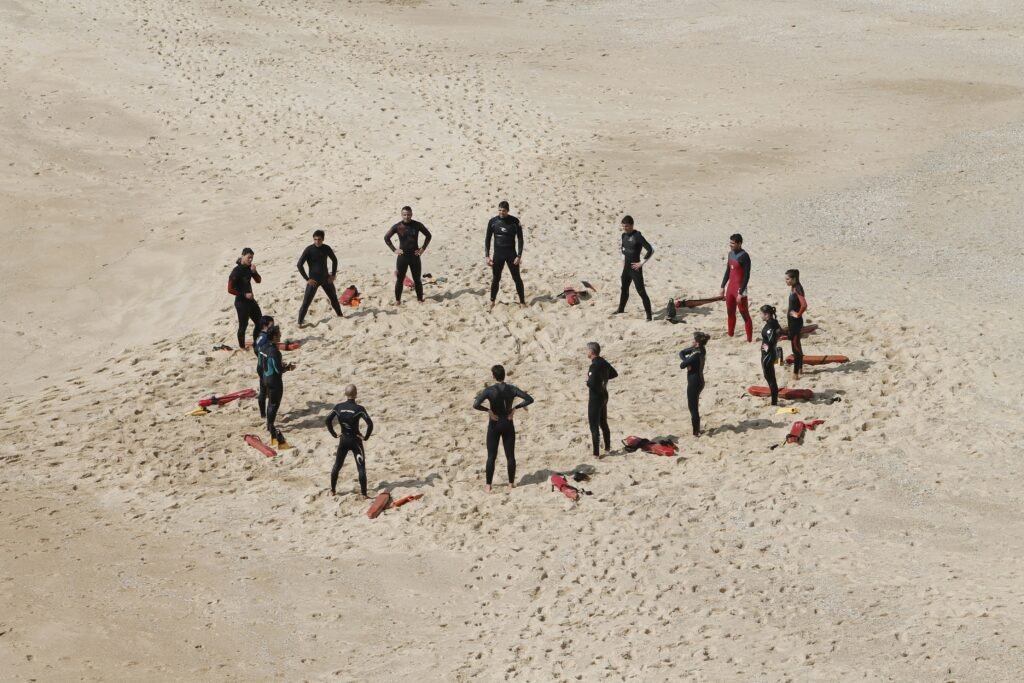
This image is property of images.unsplash.com.
Reward good behavior
Using positive reinforcement is one of the most effective ways to train your puppy. Whenever your puppy displays good behavior, such as following a command or exhibiting calmness, immediately reward them with treats and praise. This positive reinforcement strengthens their understanding of what is expected of them and encourages them to repeat the desired behavior in the future. Consistency in rewarding good behavior will accelerate your puppy’s learning process.
Use treats and praise
Treats and verbal praise are valuable rewards when it comes to positive reinforcement. Choose high-value treats that your puppy finds irresistible, such as small pieces of cooked chicken or commercial dog treats. Use a happy, enthusiastic tone when praising your puppy, reinforcing the positive connection between their actions and your approval. This combination of treats and praise creates a motivating incentive for your puppy to continue exhibiting good behavior.
Be consistent
Consistency is key when using positive reinforcement. Ensure that everyone in your household is on the same page and is using the same commands and rewards. Inconsistency can confuse your puppy and delay their progress. Set clear expectations for your puppy’s behavior and consistently reward them for meeting those expectations. Through repetition and consistency, your puppy will quickly grasp what is expected of them and will respond more reliably to your commands.
Patience and consistency
Understand that training takes time
When it comes to puppy training, patience is paramount. It takes time for a puppy to learn and understand commands, especially as they navigate their new surroundings and experiences. Remember that every puppy is different and progresses at their own pace. Avoid getting frustrated or discouraged if your puppy doesn’t catch on immediately. Consistent training and positive reinforcement will yield results over time.
Be consistent with your commands
Consistency in your commands is essential for effective training. Use the same verbal cues for specific commands, such as “sit,” “stay,” and “come.” Consistency helps your puppy grasp the association between the command and the expected behavior. Avoid using variations of command words, as it can confuse your puppy and hinder their progress. Consistency in both your words and actions will ensure clear communication with your puppy.
Avoid mixed messages
Consistency goes beyond just your commands. Avoid sending mixed messages to your puppy through your body language or reactions. For example, if you scold your puppy for chewing on a shoe one day but allow them to chew on a different item another day, it creates confusion. Set clear boundaries and consistently reinforce them. By staying consistent and avoiding mixed messages, you provide your puppy with a clear framework for learning and understanding.
Manage chewing behavior
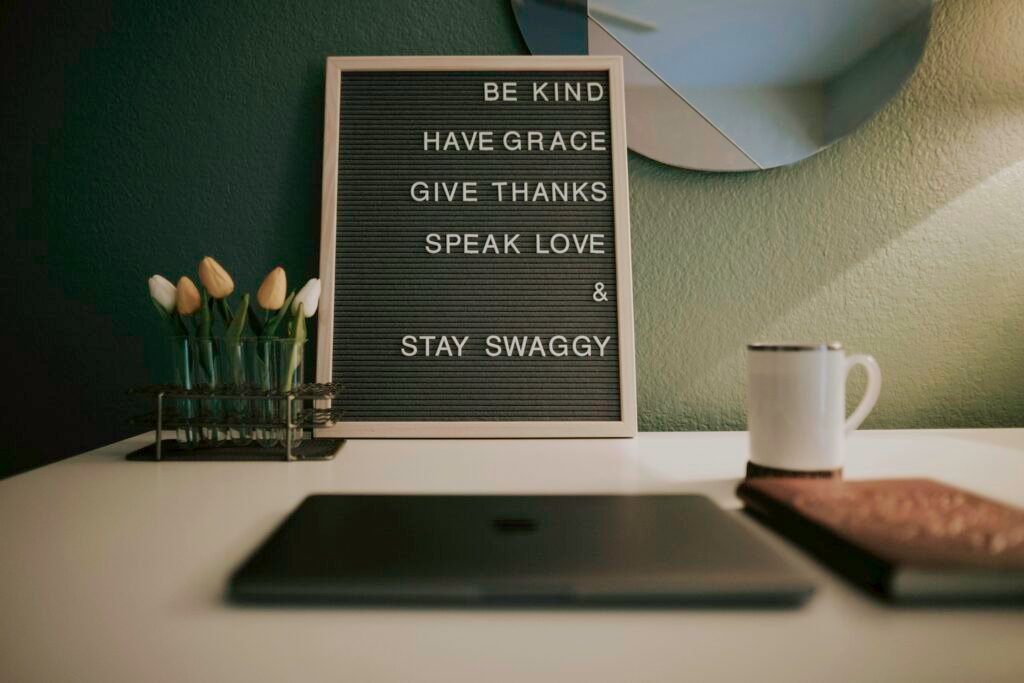
This image is property of images.unsplash.com.
Provide appropriate chew toys
Chewing is a natural behavior for puppies, and it’s important to provide them with appropriate outlets for this behavior. Offer a variety of chew toys specifically designed for puppies, such as soft rubber toys or toys with different textures. Avoid giving them household items or clothing to chew on, as this can confuse them and encourage inappropriate chewing habits. By providing appropriate chew toys, you redirect their chewing behavior to more suitable objects.
Redirect and distract when necessary
If you catch your puppy chewing on something they shouldn’t, immediately redirect their attention to an appropriate chew toy or bone. Use a firm but gentle voice to say “no” and remove the forbidden item. Then, offer the appropriate chew toy and praise them when they engage with it. Consistency is key in redirecting their chewing behavior and teaching them what is acceptable to chew on.
Supervise and limit access to forbidden items
Puppies are naturally curious and may seek out items to chew on, especially when left unattended. For their safety and the protection of your belongings, it’s important to supervise your puppy and limit their access to forbidden items. Puppy-proof your home by keeping valuable objects out of reach and closing off rooms where they may encounter hazards. By closely supervising and managing your puppy’s environment, you can prevent destructive chewing behavior and keep them safe.
Prevent separation anxiety
Gradually increase alone time
Preventing separation anxiety requires gradually acclimating your puppy to being alone. Start by leaving them alone for short periods and gradually increase the duration over time. You can leave the house for a few minutes and then return, gradually extending the time as your puppy becomes more comfortable. Avoid making a big fuss when leaving or returning, as this can create anxiety. By gradually increasing alone time, you’re teaching your puppy that your absence is temporary and not something to be feared.
Create a safe and comfortable space
Creating a safe and comfortable space for your puppy when you’re away is crucial to prevent separation anxiety. Designate an area of the house, such as a puppy-proofed room or a crate, where your puppy can stay while you’re out. Make sure this space is stocked with their favorite toys, bedding, and water. This provides them with a familiar and comforting environment, reducing their anxiety during your absence.
Use calming techniques
When leaving your puppy alone, there are various calming techniques you can employ to ease their anxiety. Leaving a piece of clothing with your scent near their sleeping area can provide comfort and reassurance. Additionally, playing soft classical music or using a white noise machine can help drown out external noises and create a soothing atmosphere. These small gestures can make a big difference in alleviating separation anxiety and ensuring a more tranquil experience for your puppy.
Prevent jumping
Ignore unwanted jumping behavior
Jumping is a common behavior in puppies, especially when they’re excited or seeking attention. It’s important to discourage this behavior to prevent it from becoming a habit. When your puppy jumps up, ignore them by turning away or crossing your arms. Avoid eye contact or any form of physical interaction until they have calmed down. By withholding attention during jumping, you’re teaching your puppy that jumping won’t result in the desired response.
Teach an alternative greeting behavior
Instead of jumping, teach your puppy an alternative greeting behavior, such as sitting or offering a paw. When your puppy approaches someone, give the cue for the alternative behavior and reward them when they respond appropriately. Consistency and repetition are key to reinforcing the desired behavior and replacing the jumping habit. By redirecting their natural greeting instinct, you’re teaching them a more polite and acceptable way to interact with visitors.
Reward calm behavior
Rewarding calm behavior is an essential part of preventing jumping. Whenever your puppy remains calm in the presence of visitors or when you return home, reward them with treats and praise. This reinforces the behavior you want to see, making it more likely to be repeated. By consistently rewarding calm behavior, you’re reinforcing the idea that being calm results in positive attention and rewards.
Avoid punishment
Use positive reinforcement instead
Positive reinforcement is a far more effective and humane method of training than punishment. Punishment can create fear and anxiety in puppies, leading to behavioral issues and a strained relationship between you and your furry friend. Instead of punishing your puppy for unwanted behavior, focus on rewarding and reinforcing the desired behavior. By redirecting their attention to what they should be doing and providing positive reinforcement, you’ll create a happy and cooperative training environment.
Punishment can create fear and aggression
Punishment is not only ineffective but can also have harmful consequences. It can lead to fear, anxiety, and even aggression in puppies. By using positive reinforcement, you create a nurturing and trusting environment that fosters a healthy relationship between you and your puppy. Aim for mutual respect and understanding rather than resorting to punishment as a means of training.
Focus on teaching and rewarding desired behaviors
Rather than focusing on correcting unwanted behaviors, prioritize teaching and rewarding desired behaviors. By consistently reinforcing and rewarding positive behavior, you’ll effectively shape your puppy’s behavior in the right direction. This approach builds trust, strengthens the bond between you and your puppy, and leads to a well-behaved and happy companion. Remember, training is a journey that requires patience, consistency, and a focus on positive reinforcement.
Find products like these on Amazon!




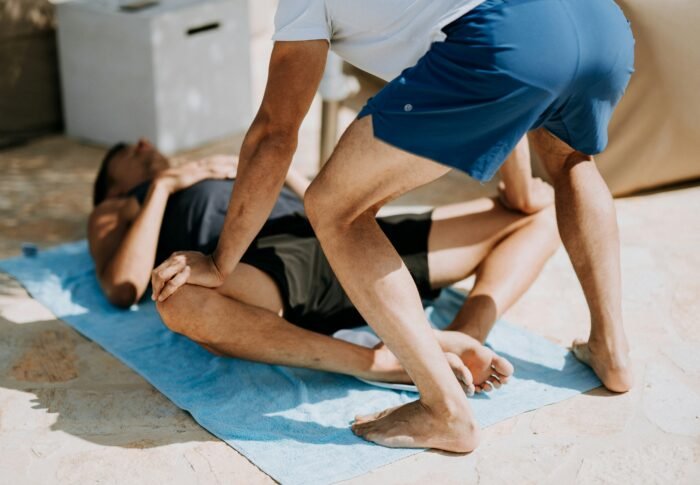


-
-
1 day
Tagged behavior modification, Techniques, tips